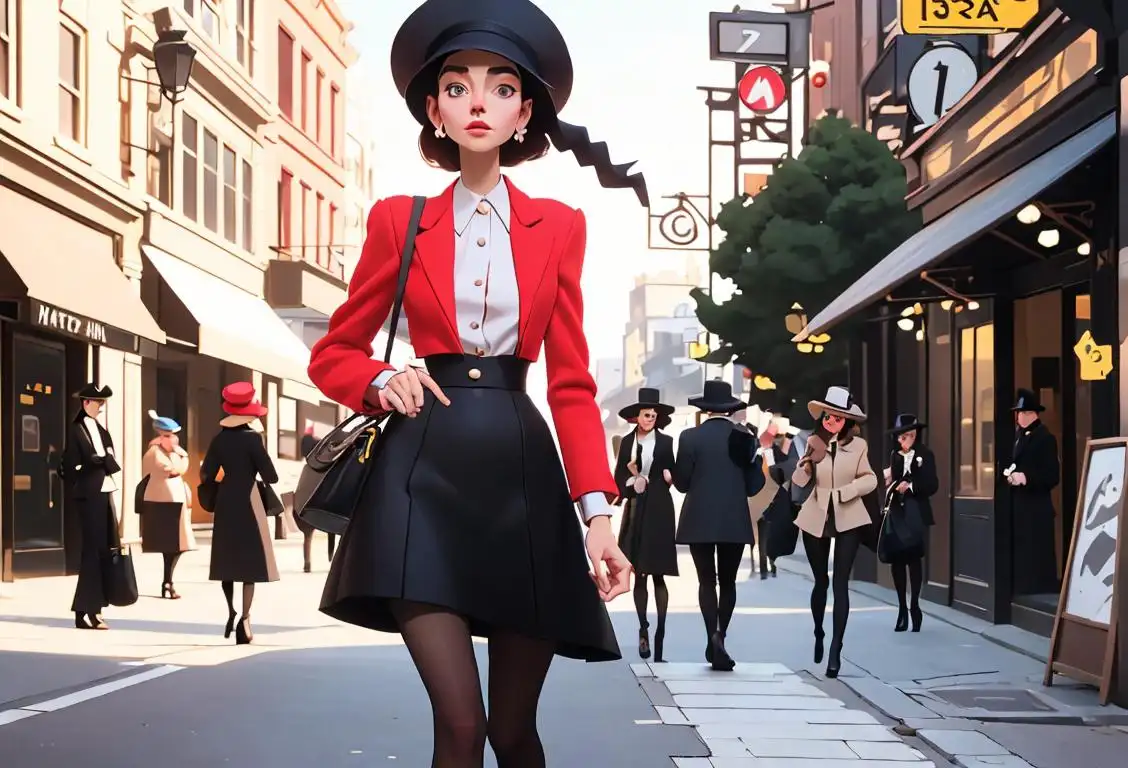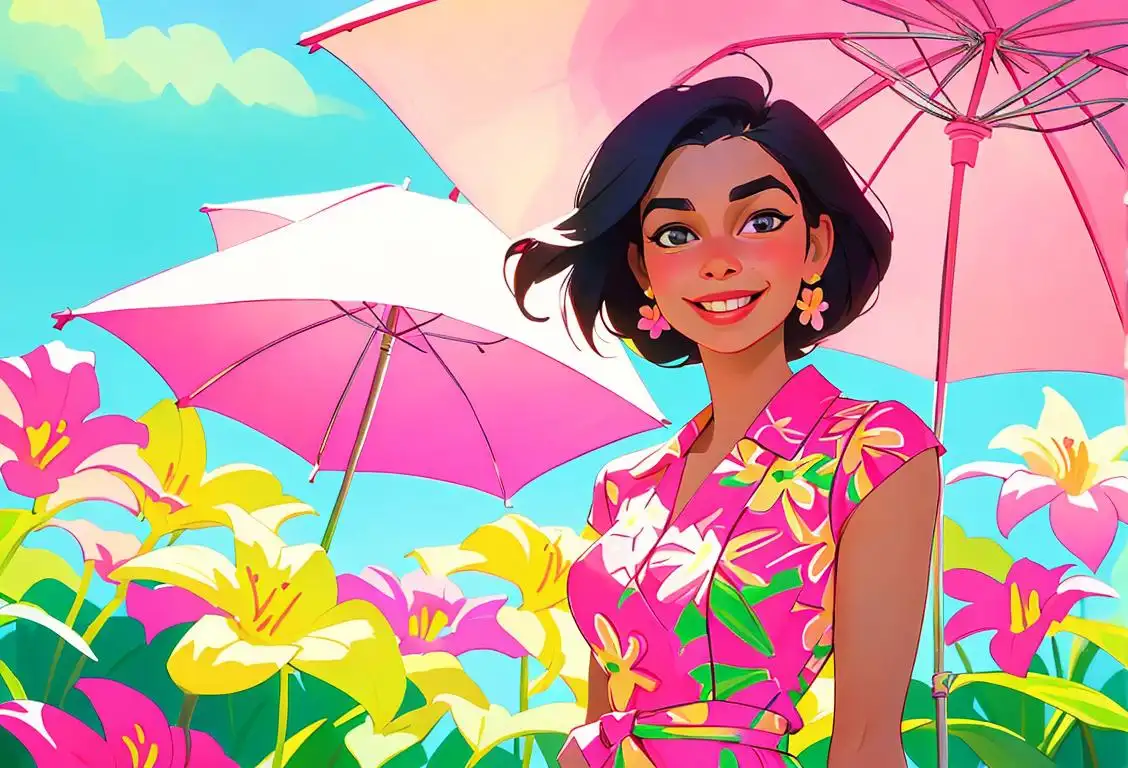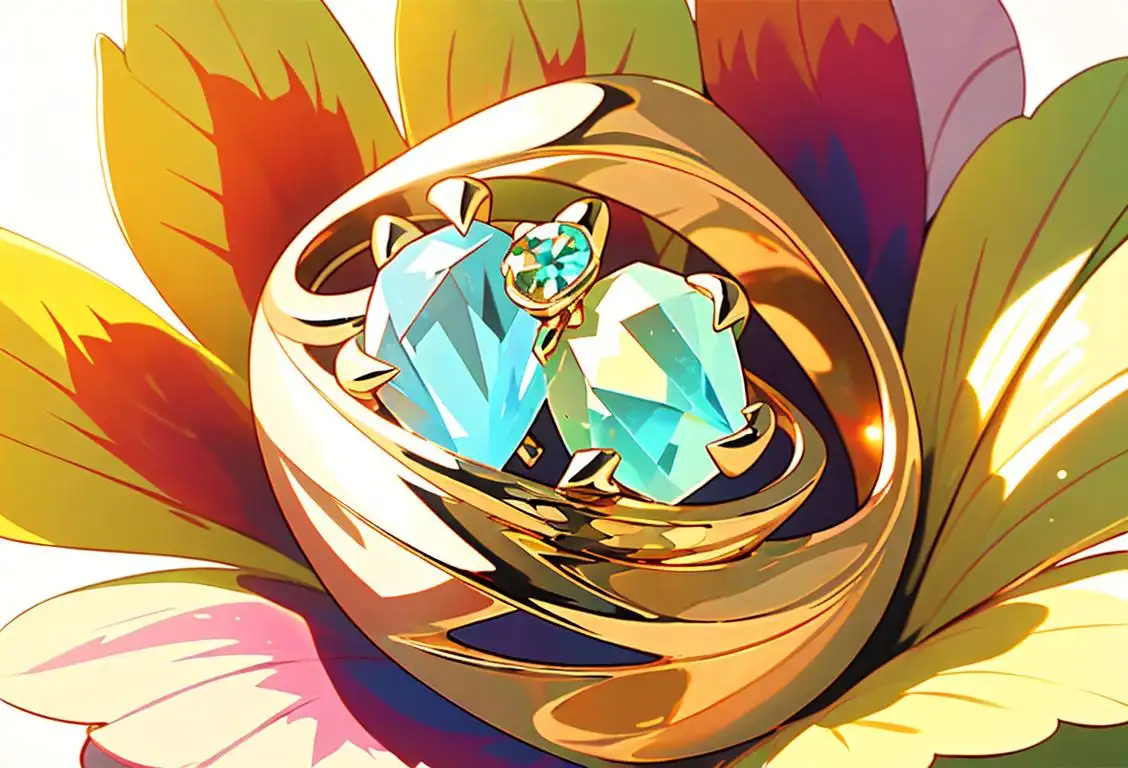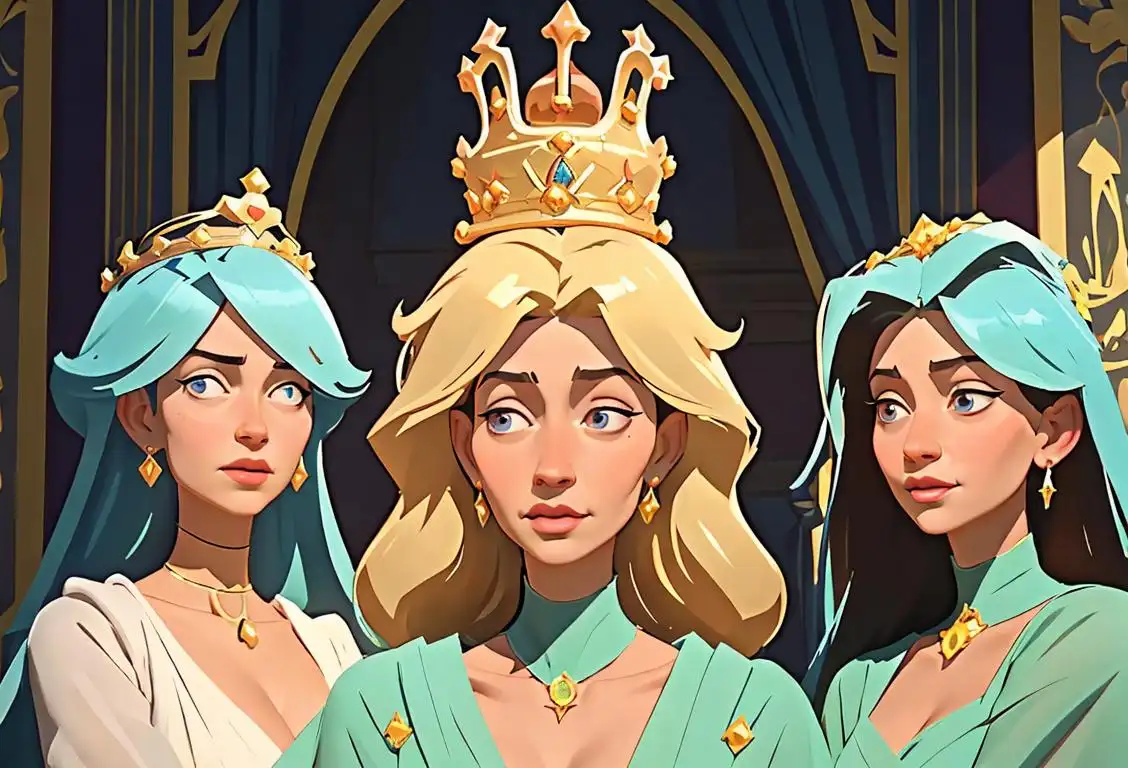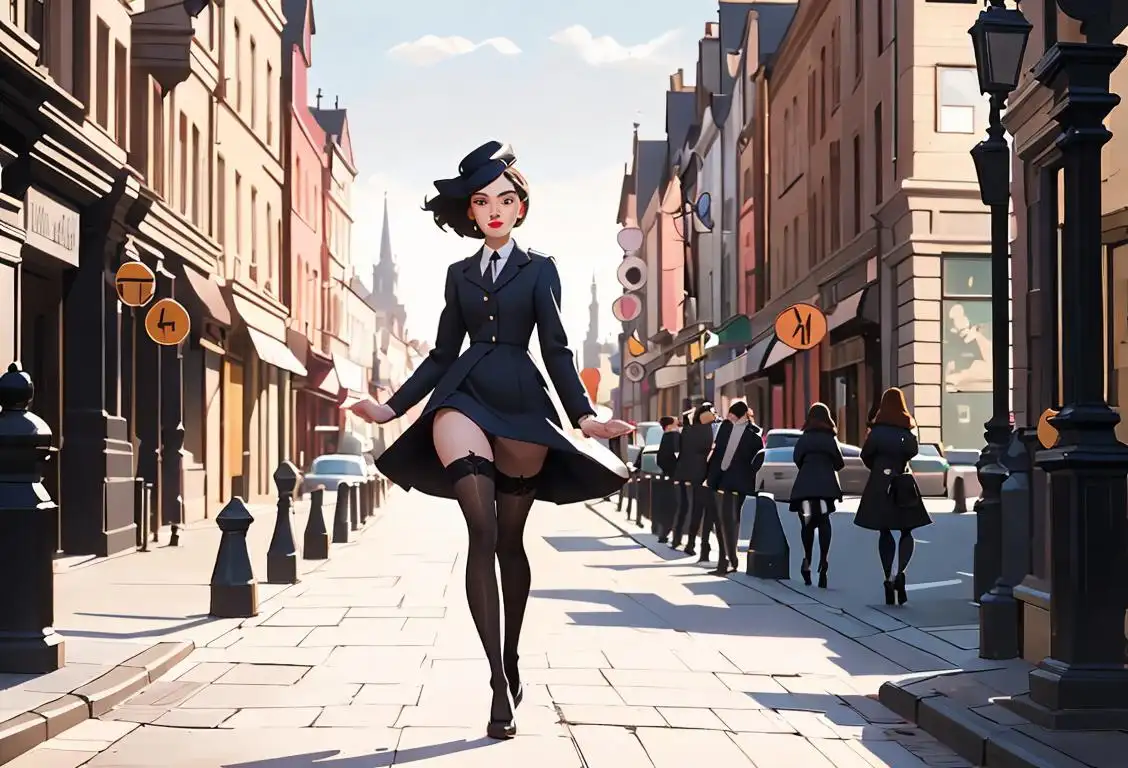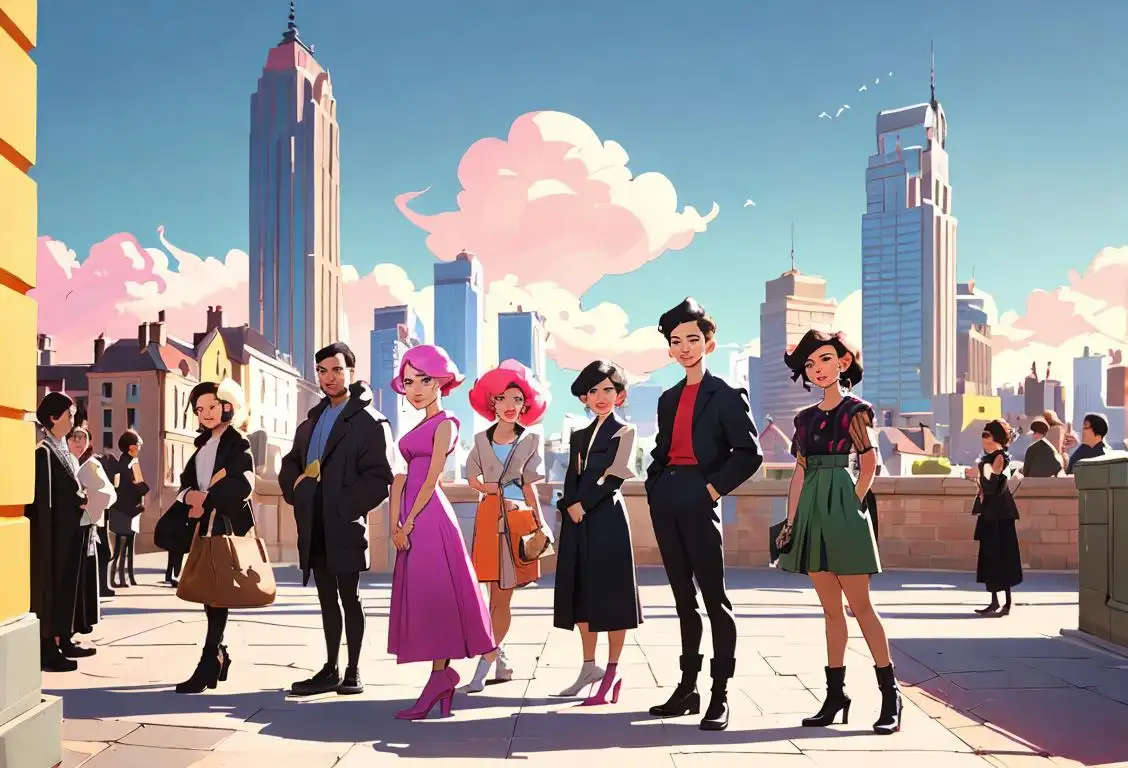National Braid Your Hair Day
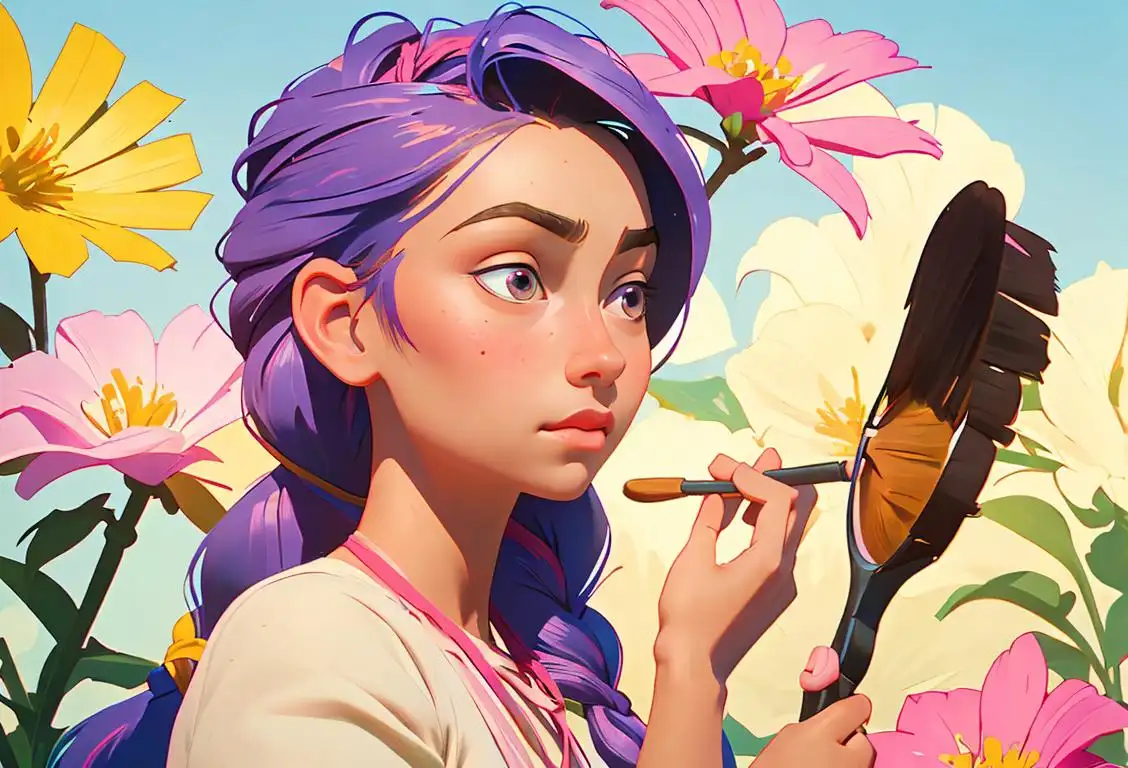
Welcome to National Braid Your Hair Day! Get ready to unleash your inner stylist and rock a fabulous braid. This special day celebrates the art of braiding hair and encourages people around the country to showcase their creativity. So grab your combs, brushes, and hair ties, because it's time to get braiding!
When is Braid Your Hair Day?
It's national braid your hair day on the 30th April.
The Origins of National Braid Your Hair Day
While the internet history of National Braid Your Hair Day might not be as extensive as some other national days, it has gained popularity over the years. The first mentions of this quirky holiday can be traced back to April 30, 2015.
This day was created to celebrate the versatility and beauty of braided hairstyles. Braiding has been a cultural practice in many societies throughout history, and it continues to be a fashionable choice for people of all ages and backgrounds.
How to Celebrate
Ready to join the braid brigade? Here are a few tips to make the most of National Braid Your Hair Day:
- Experiment with different types of braids, such as French braids, fishtail braids, or Dutch braids. YouTube tutorials can be incredibly helpful if you're new to the braiding game.
- Host a braiding party with your friends or loved ones. Share your favorite techniques and help each other create stunning braided hairstyles.
- Show off your braided 'do by posting a selfie on social media with the hashtag #NationalBraidYourHairDay. Join the online community of hair enthusiasts and get inspired by others' creativity.
Fun Fact
Did you know that the longest documented hair in history belonged to Xie Qiuping from China? Her hair, which was measured in 2004, reached an astounding length of 18 feet and 5.54 inches (5.627 meters)! Talk about dedication to hair care!
History behind the term 'Braid Your Hair'
3000 BCE
Ancient Roots
The history of braiding hair can be traced back to ancient times, specifically to around 3000 BCE. People in ancient Egypt and Mesopotamia were among the first to embrace the art of braiding their hair. Braids were not only a practical way to manage the hair but also had cultural significance, often symbolizing social status, wealth, and even religious beliefs. The intricate braiding techniques used during this time showcased the creativity and skills of the individuals.
3000 BCE
Ancient Origins
Braided hairstyles have been traced back as early as 3000 BCE in ancient civilizations such as Egypt and Mesopotamia. The ancient Egyptians used braids as a way to showcase their social status and wealth. They adorned their braids with intricate beads and gold ornaments, making these hairstyles a symbol of beauty and status.
3000 BC
Ancient Origins
Braiding hair has a long history that can be traced back to ancient civilizations. In 3000 BC, evidence of braided hairstyles can be found in ancient African cultures. Braiding was not only a form of adornment but also served practical purposes such as keeping hair neat and tidy amidst the harsh desert environments.
500 BCE
Greek Influence
During the era of ancient Greece, braided hairstyles gained further popularity. Greek women as well as men adorned themselves with elaborate braided hairstyles. Braids were not only a fashion statement but also held symbolic meaning. Spartan warriors, for example, would braid their hair before going into battle to signify their bravery and resilience. The braiding techniques during this time became more intricate, with different patterns and styles emerging.
1500 BC
Symbolism and Social Status
During the era of ancient Egypt, braided hairstyles took on a symbolic meaning. Different braiding styles were associated with specific social classes and hierarchies. The more intricate and elaborate the braids, the higher the societal status of the individual. Braids became a way to showcase power, wealth, and authority.
1000 BCE
Greek Influence
In ancient Greece, braids gained popularity among both men and women. The Greeks viewed braiding as a practical way to keep their hair manageable in the hot climate. Braided hairstyles were often worn during important events such as weddings and religious ceremonies. Greek mythology also featured several gods and goddesses with iconic braided hairstyles, further popularizing the trend.
1600s
Colonial America
As European settlers arrived in America, they brought their own hairstyling traditions, including braiding. In colonial America, African women, who were often enslaved, developed unique braiding styles that incorporated their cultural heritage and reflected their identity. These braided hairstyles were not only aesthetically pleasing but also served as a means of communication and cultural expression. Braiding became an integral part of the African-American community and continued to evolve over the years.
500 BC
Cultural Significance in Greece
In ancient Greece, braided hairstyles were highly regarded and seen as a sign of femininity and elegance. Women would weave their hair into intricate braids and adorn them with ribbons, jewelry, and even fresh flowers. Braiding became not only a fashion statement but also a way for women to express their individuality and beauty.
18th Century
European Elegance
During the 18th century, braids became a fashionable trend in Europe, particularly among the nobility. Intricate braided hairstyles were seen as a symbol of elegance and sophistication. Women often spent hours braiding their hair with ribbons, pearls, and feathers to create elaborate styles. This period saw the rise of braided updos and decorative braided headpieces.
900 AD
Viking Braids
During the Viking Age, braids were popular among both men and women. Vikings often sported long, braided hairstyles adorned with beads and metal decorations. Braiding was not only a fashion choice but also served a practical purpose for warriors, keeping their hair out of their faces during battles.
1960s
The Emergence of Braiding as a Symbol of Black Pride
During the civil rights movement in the 1960s, braided hairstyles experienced a resurgence as a symbol of black pride and empowerment. African-Americans embraced natural hair and traditional braided styles to challenge societal beauty standards and emphasize their cultural heritage. Influential figures like Angela Davis and Assata Shakur popularized the afro and braided hairstyles, inspiring a generation to embrace their natural hair texture and celebrate their identity.
1960s
Rise of Braided Rebellion
In the 1960s, braids took on a new meaning as a symbol of rebellion and counterculture. Influenced by the civil rights movement and the Black Power movement, African-Americans embraced their natural hair texture and turned to braids as a powerful expression of identity. Braided hairstyles like afro braids, cornrows, and dreadlocks became iconic symbols of black pride and cultural heritage.
Modern Day
Versatile and Popular
In the modern era, braided hairstyles have transcended cultural boundaries. They are not only popular among people of diverse ethnicities but have also evolved into a versatile form of self-expression. From fishtail braids to French braids, and from braided crowns to bohemian braids, there are endless variations and styles to choose from. Braids continue to be an enduring and beloved hairstyle, appreciated for their beauty and cultural significance.
Present
Braiding as a Fashion Statement and Cultural Expression
Today, braiding hair has become a prominent fashion trend worldwide, transcending cultural boundaries. From intricate cornrows to fishtail braids, individuals from diverse backgrounds experiment with various braiding styles as a form of self-expression, creativity, or simply as a stylish alternative. With the rise of social media and influencers, braided hairstyles have gained further visibility, inspiring people of all ages and backgrounds to explore the art of braiding and embrace their unique hair textures.
18th Century
European Influence
In the 18th century, braided hairstyles gained popularity in Europe. Elaborate and intricate braids were commonly seen in the courts of France and were a symbol of high fashion and elegance. This trend influenced hairstyles across Europe and became a notable feature of aristocratic and upper-class fashion.
20th Century
Modern Braiding
In the 20th century, braided hairstyles became more accessible and popular among a wider range of cultures. From cornrows to French braids, the art of braiding evolved and incorporated influences from various ethnic backgrounds. Braiding also gained significance within the African American community as a cultural expression and as a way to protect and style natural hair.
Did you know?
Did you know that the longest documented hair in history measured 18 feet and 5.54 inches?Tagged
fun loved ones beauty fashionFirst identified
30th April 2015Most mentioned on
30th April 2015Total mentions
4Other days
Braid Your Hair Day
Felt Hat Day
Wear Your Lilly Day
Jewel Day
Crown Day
Cardigan Day
Watch Day
Stockings Day
Hair Day
Towel Day
